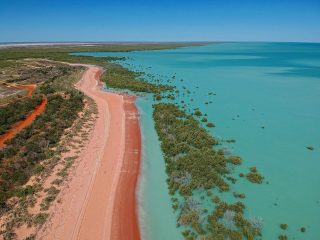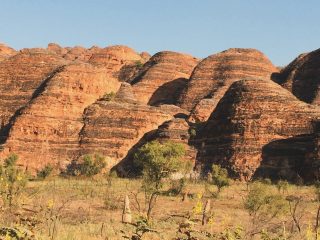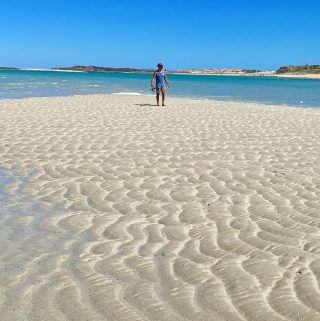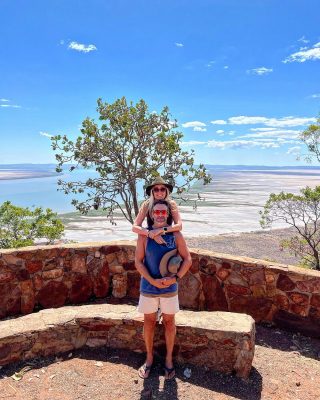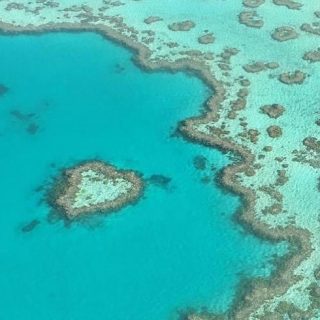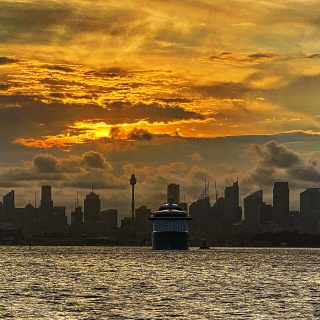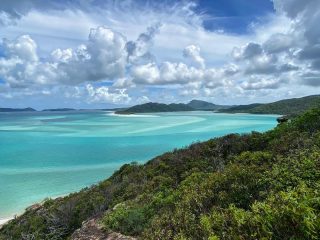 Many Australians and visitors don’t or haven’t yet ventured into this region which is steeped in history, untouched and oozes natural beauty. You will be in the heart of the Australian Outback whilst exploring some of the most unique and beautiful destinations in the world.
Many Australians and visitors don’t or haven’t yet ventured into this region which is steeped in history, untouched and oozes natural beauty. You will be in the heart of the Australian Outback whilst exploring some of the most unique and beautiful destinations in the world.
The state is home to three fascinating World Heritage sites; the remote and timeless Kakadu National Park; the sacred Ayers Rock, and the unusual domes of the Olgas, in Uluru Kata Tjuta National Park.
Australia’s most vibrant Indigenous Culture is located in the Northern Territory. Ubirr in the north east of Kakadu has some of the finest Aboriginal Rock Art which dates back many thousands of years.
You will be amazed by spectacular waterfalls, invigorating waterholes, magnificent gorges and an outback that seems to go on for an eternity.
The state covers about one sixth of the Australian continent, so you will be driving long hours and a four wheel drive is required to get you to some of the most treasured spots. There are a variety of tours available if you don’t fancy driving.
The Northern Territory has an area of 1.35 million km2, which is equal to the combined area of Italy, France and Spain, to give you some perspective, and has a mere population of roughly 200,000. A fifth of this area lies within the tropics and has some 6200 km of coastline with many mudflats, swamps and mangroves. It is therefore vital that you have the required fuel, water, food and camping supplies, as this area is not for the light hearted.
The northern quarter, also known as the “Top End”, has pockets of rainforest and savannah woodlands. Darwin is the capital and is situated in the north-western corner of the territory. With it’s laid back vibe, this cosmopolitan city, has a vibrant modern waterfront that offers alfresco dining on just-caught-seafood and the opportunity to experience the “Cage of Death” at Crocosaurus Cove, which will bring you face to face with some of the largest crocodiles in captivity.
It is important to travel to this region at the right time as the north has two definite seasons “the wet” (October to April) and “the dry” (May to September). During the wet season, the coast is subject to tropical cyclones. Some areas of the Northern Territory are also prone to bushfires, it is therefore advisable to stay tuned to local radio for information and warnings and always heed advice given.






